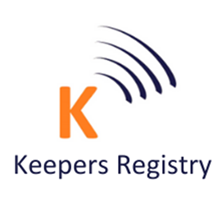Predictive Analytics for Customer Behavior and Sales Forecasting in Retail
Keywords:
predictive analytics, customer behavior, sales forecasting, retail, machine learning, data-driven decision makingAbstract
The retail industry is undergoing a transformative shift driven by the proliferation of data and advancements in predictive analytics. Understanding customer behavior and accurately forecasting sales are paramount for retailers aiming to enhance decision-making, optimize inventory management, and personalize marketing strategies. This paper explores the application of predictive analytics in the retail sector, focusing on methodologies for analyzing customer behavior patterns and forecasting sales trends. Through a comprehensive literature review, we identify key predictive models and their effectiveness in various retail contexts. The study employs a quantitative methodology, utilizing historical sales data and customer interaction metrics to build and validate predictive models. Results indicate that machine learning algorithms, particularly ensemble methods, outperform traditional statistical models in accuracy and reliability. The analysis underscores the importance of data quality and feature selection in enhancing model performance. A comparison table illustrates the performance metrics of different models applied to both customer behavior analysis and sales forecasting. The paper concludes with recommendations for retailers to integrate predictive analytics into their strategic frameworks, emphasizing the need for continuous model refinement and data-driven culture adoption.











